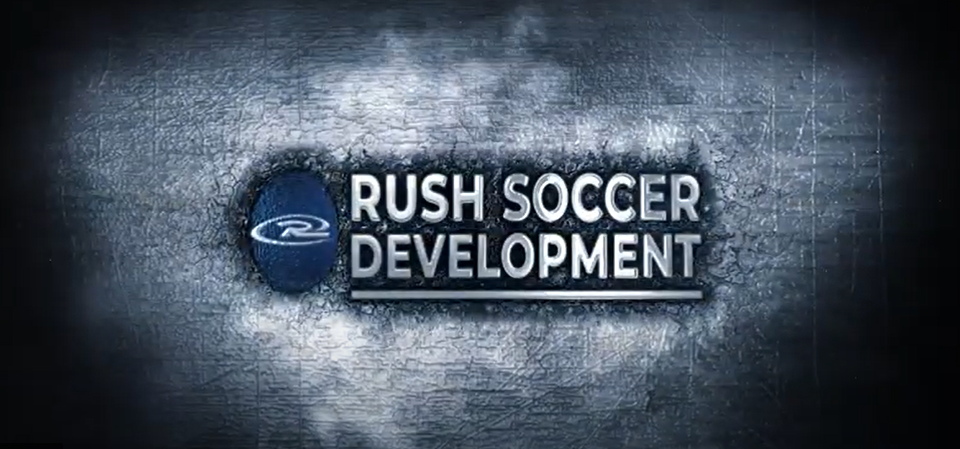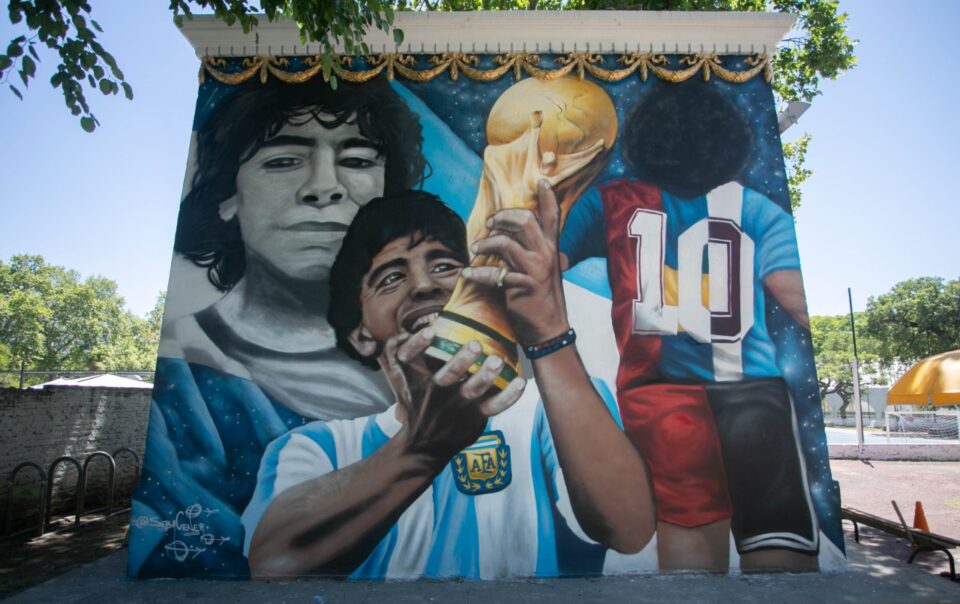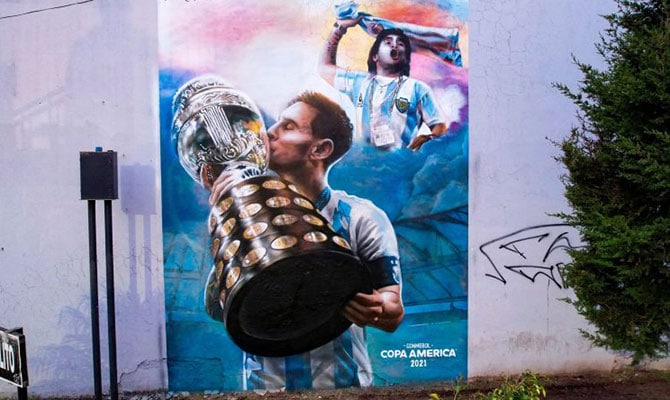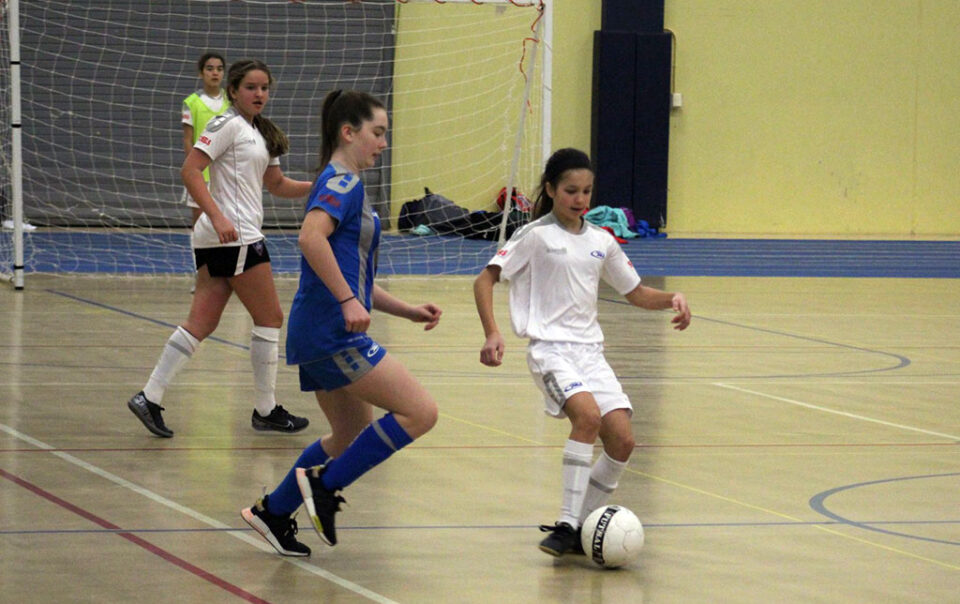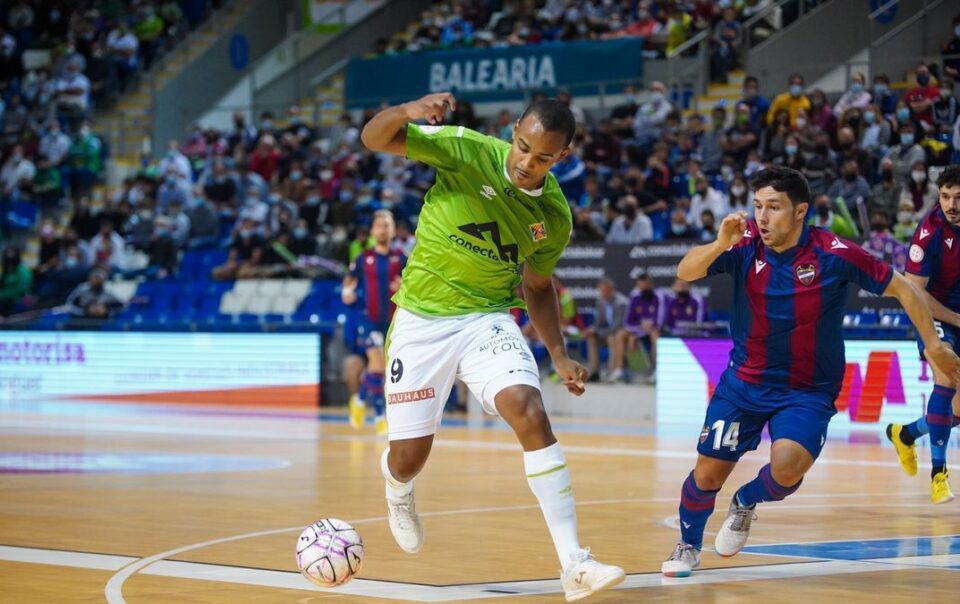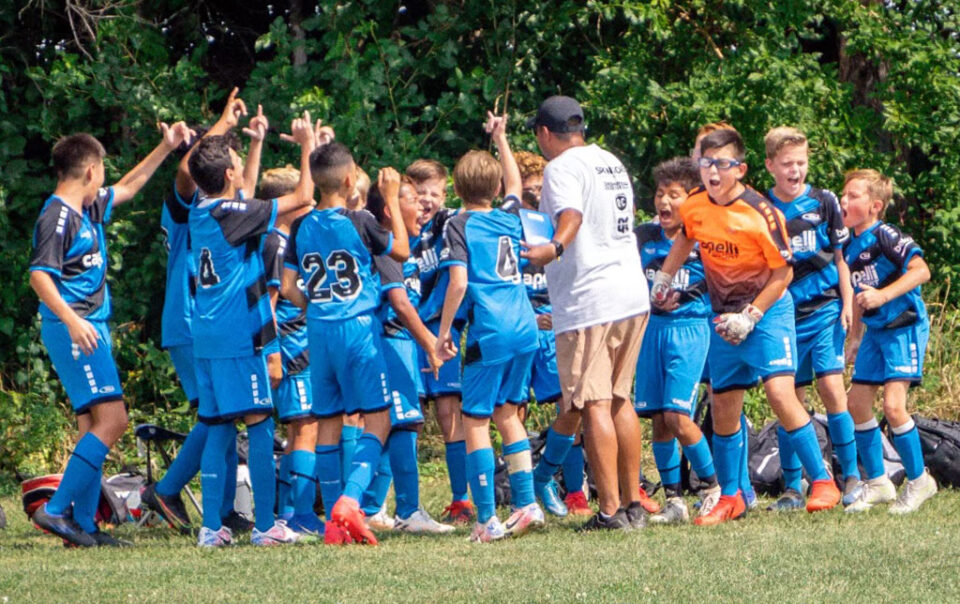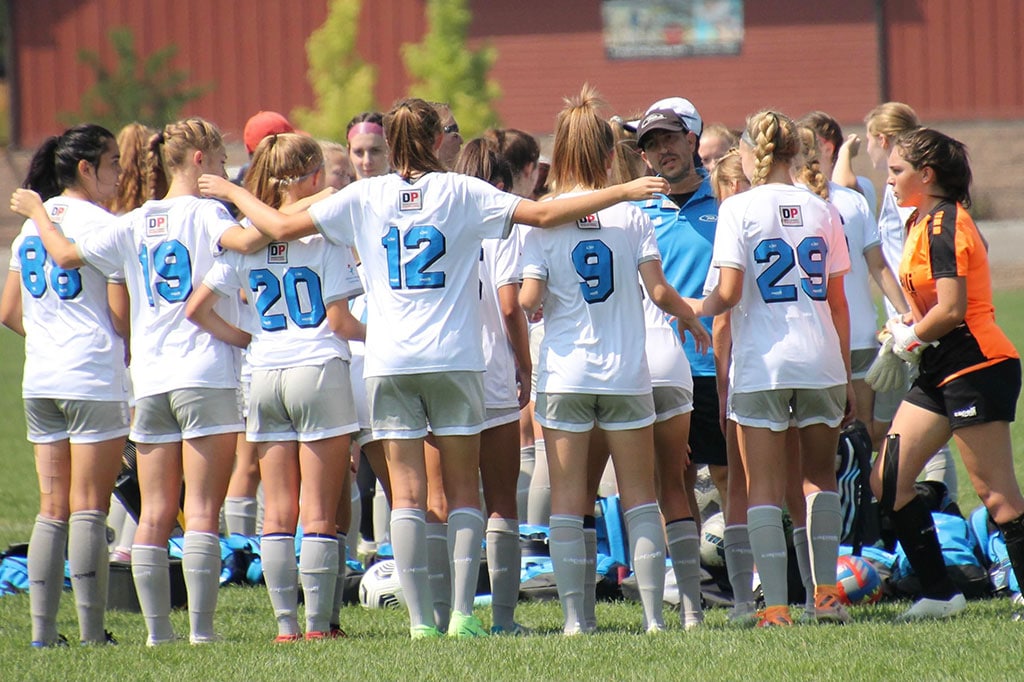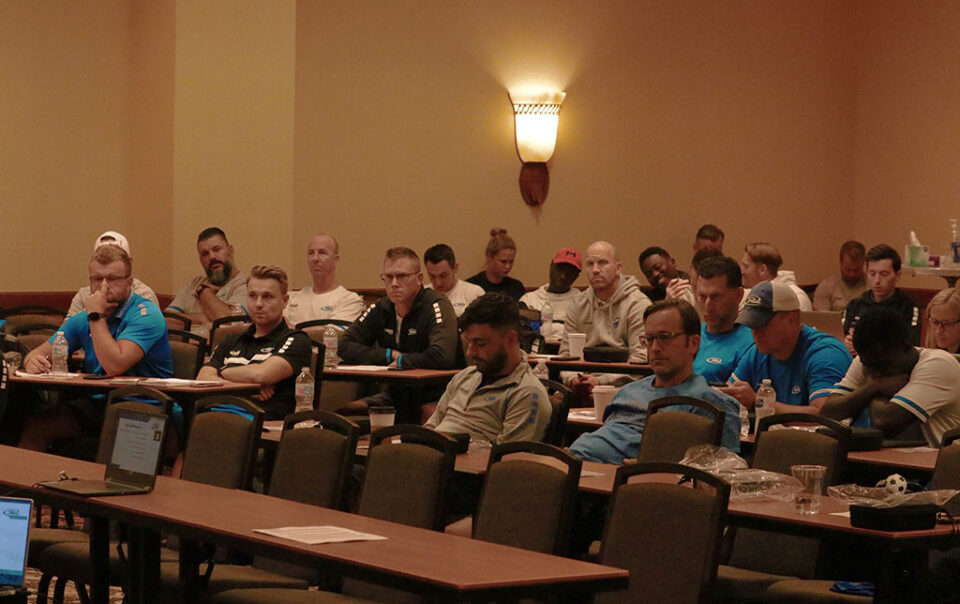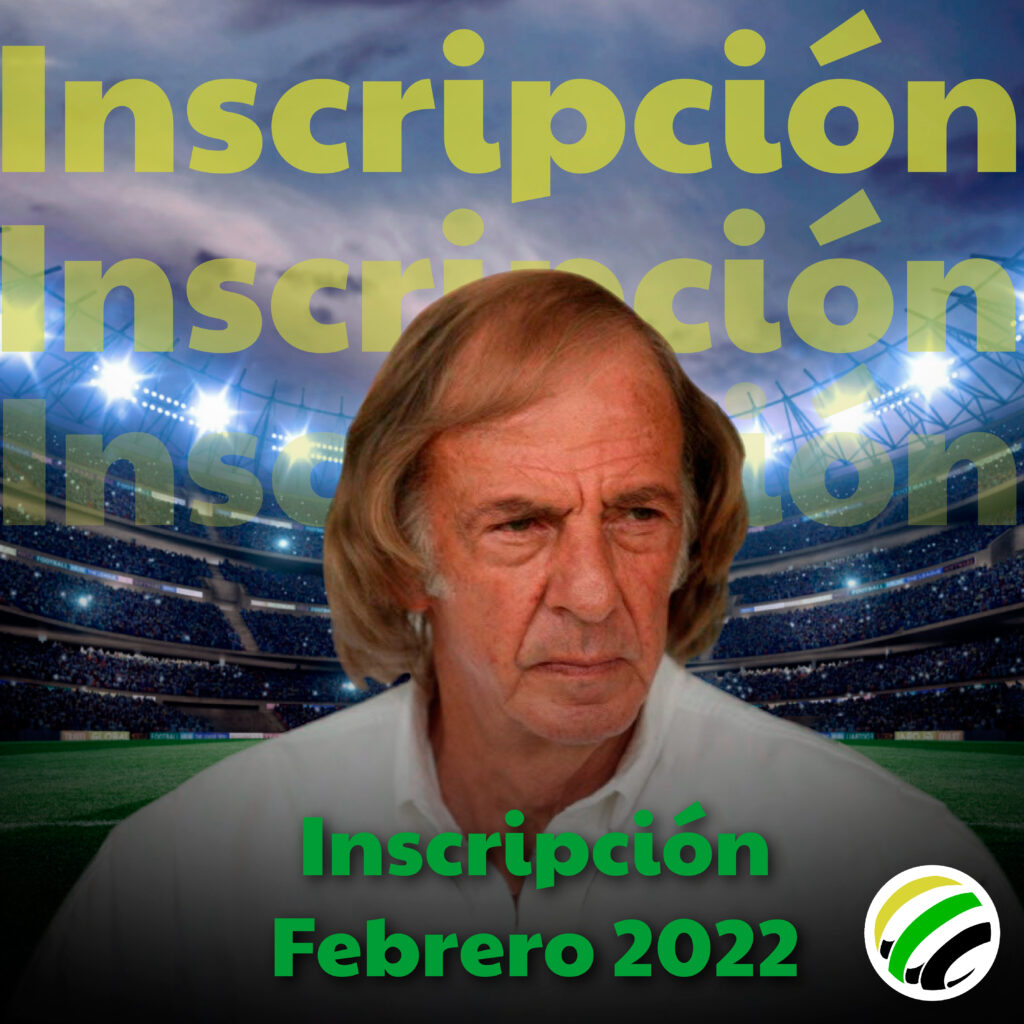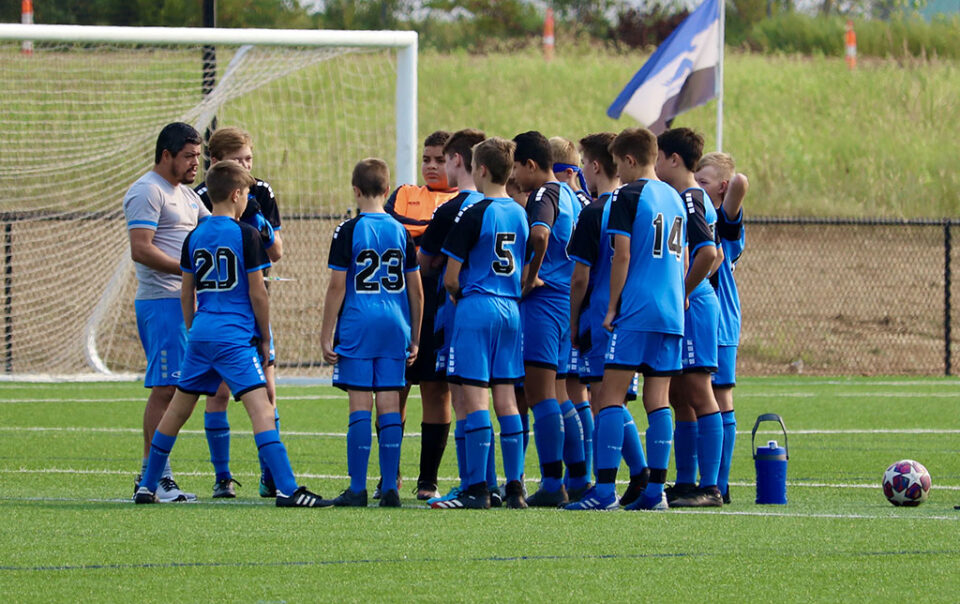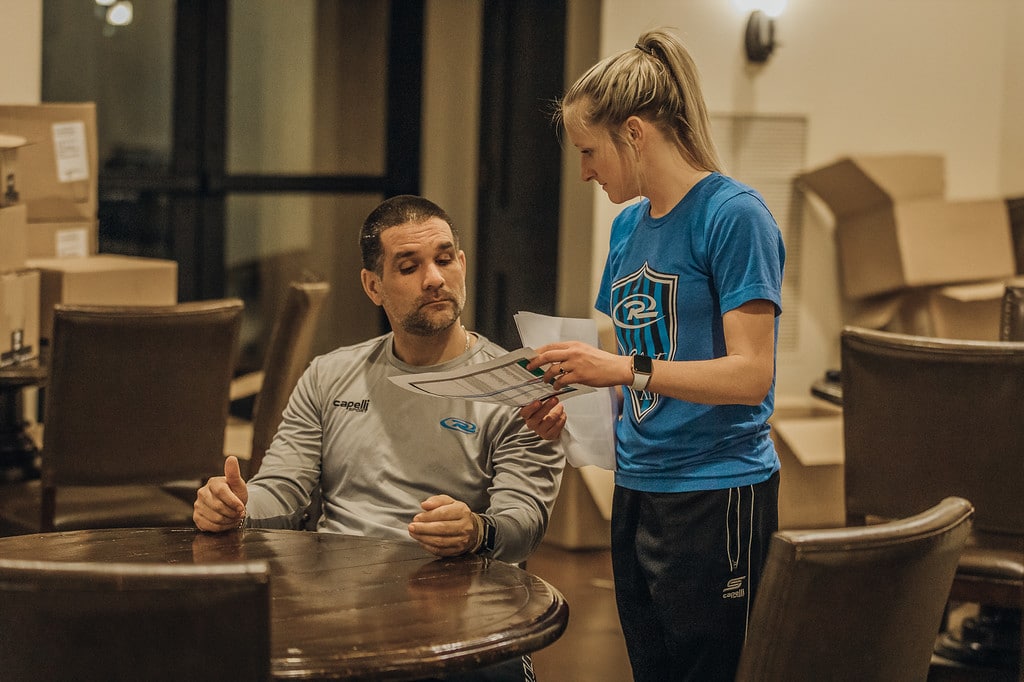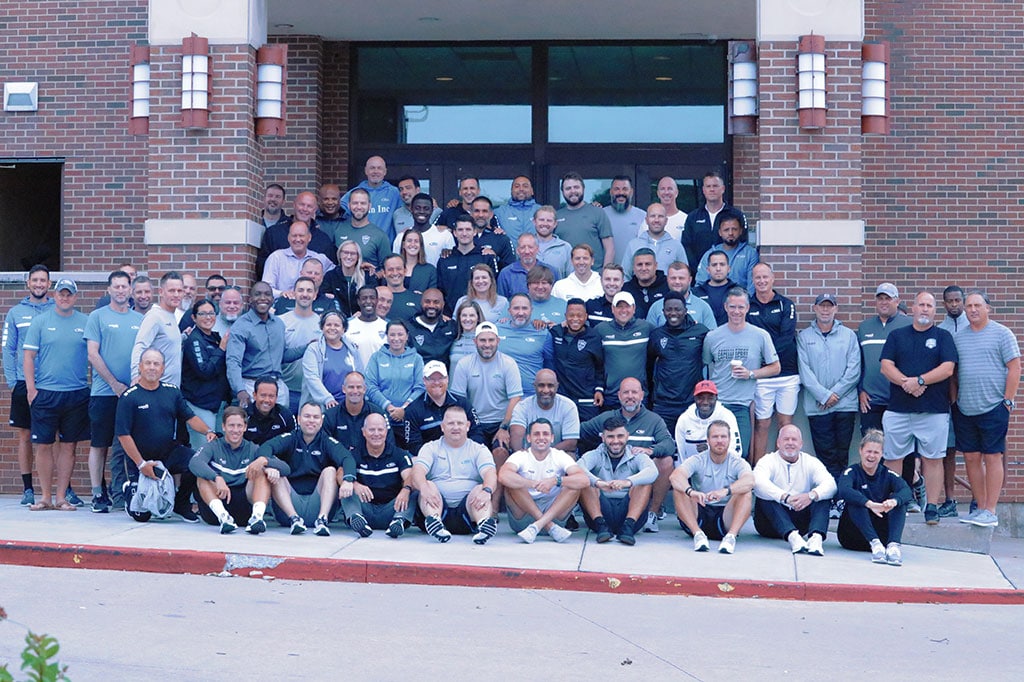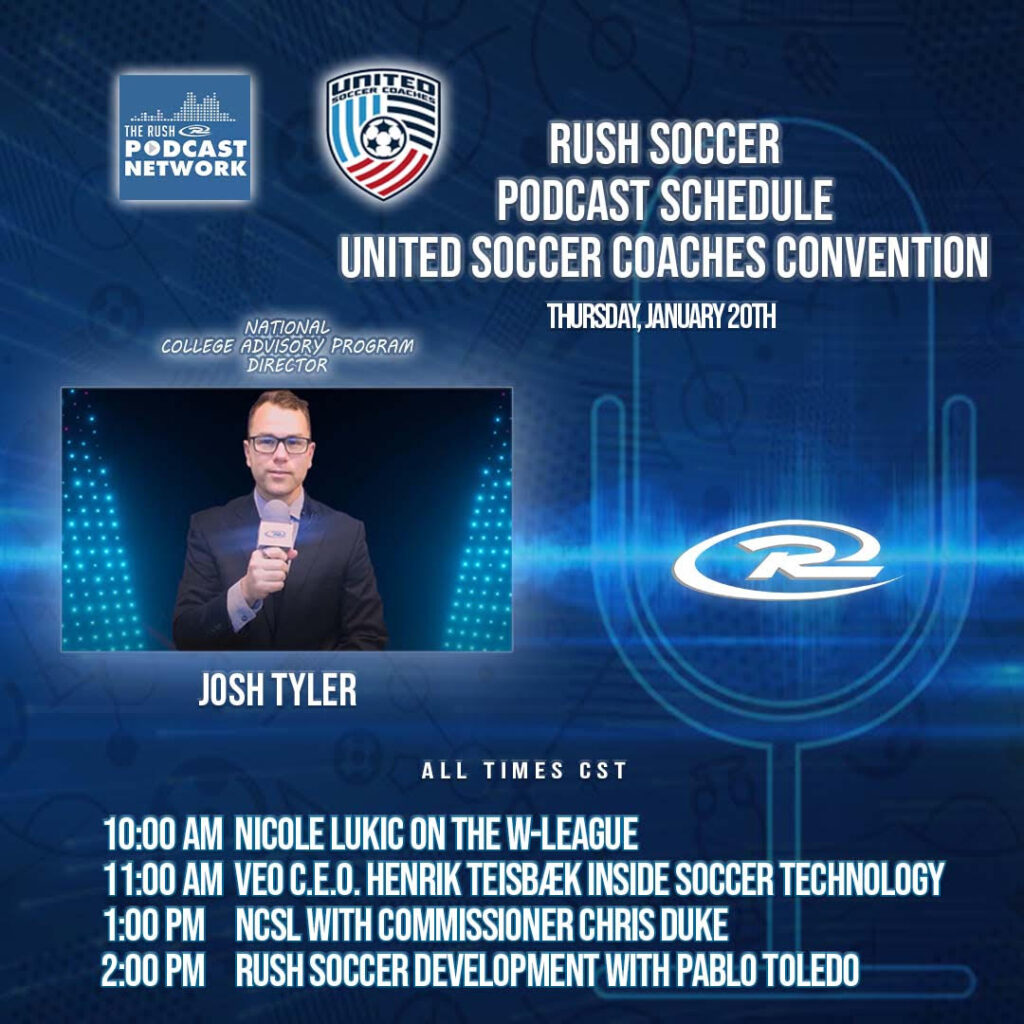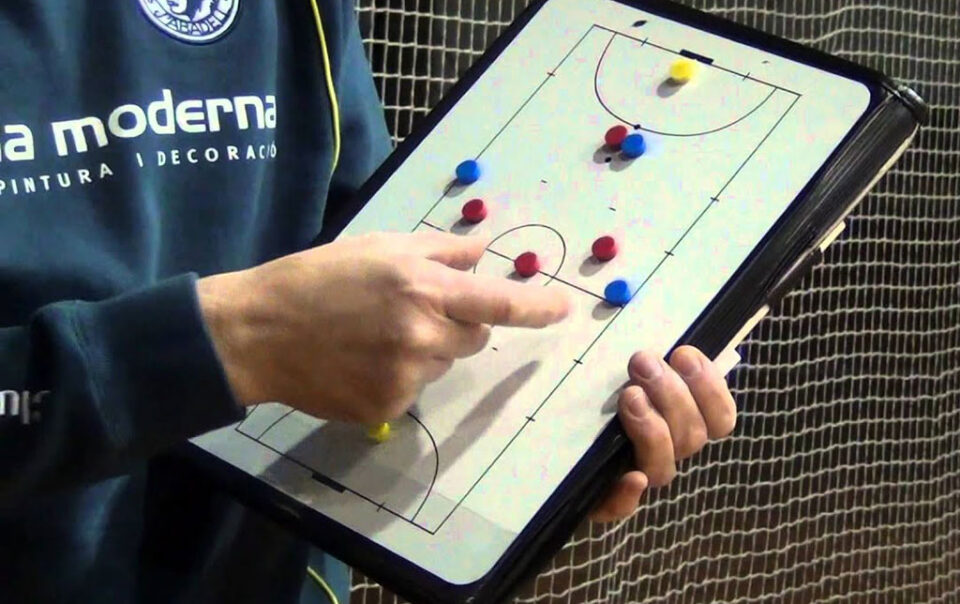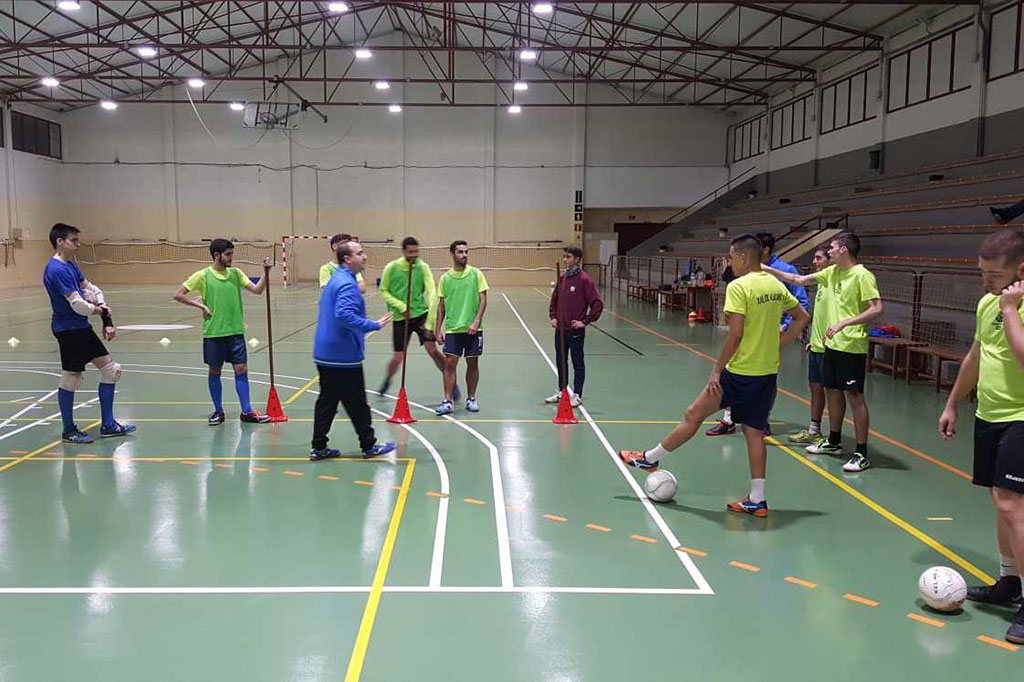El United Soccer Coaches Convention is known as the “The World’s Largest Annual Gathering of Soccer Coaches”. The five-day event attracts more than 12,000 attendees for live field demonstration, training classes and lecture sessions. The 2022 USC Convention was held in Kansas City, in which Rush Soccer was invited through Sporting Project Director Pablo Toledo to present to the attendees. After that, himself and National CAP Director Josh Tyler met and discussed player development approaches with Culver-Stockton College Head Women’s Soccer Coach Tyler Tomlinson.
Josh Tyler-Hi Pablo, so you were invited to present to the public at the USC Convention. What did you present on?
Pablo Toledo- We presented on how to design and implement a player development approach in your club, but we did from an experience standpoint. In other words, we explained what we do, how we started, where we are, what we plan for the future…
J- Is it hard for a club to develop that?
P- Well, I don’t know, but I think solutions are always specific to the context where you work. That’s why our opening statement was “I’m not going to give you the secret sauce to anything”, simply because I don’t have it, and I don’t believe there is one. I will tell you our story, and maybe you can steal some ideas from it that you think would work in your context.
J: What challenges do you think clubs have when trying to do this? How do we struggle here?
P- I think the big question for any sporting organizations is “How do we transform thoughts and words into real, everyday actions?” Because we make a lot of beautiful statements, we stand for all these core values… but what if we went to a club, and had no logos, no banners…is there anything that you would see at the field that would allow you to say “Yes this is a Rush team, or that’s a Rush coach”…See that’s what we want to do, what we work on every day. I think that’s the greater challenge (or one of the greater).
J- Well if you ask me, what stands out from us…I would say the handshake.
P- That’s one of these things, and it sounds minuscule but it matters. I think cultures are built over people sharing a lot of little habits. At Rush, we are not reinventing the wheel, we have this: A lot of common habits on and off the field that we need to make sure they don’t dilute as the club grows and expands.
J- One of the things I hear about coaches is “I like recruiting Rush players because they are well rounded, more respectful and have good knowledge of the game”. The core values you have, which have a consistency across Rush, generates a mindset which differentiates us from other clubs…and we start that at such a young age…at fest when they are 12 years old…and that helps when you are on the field. My son is 9 and he shakes hands. I think that differentiates us.
P- I agree. Our culture is easily observable. It’s harder to see the difference in our training sessions or games. That’s what we are constantly working on. I find that more challenging to implement.
J- What are the things you are trying to implement that make it a Rush Training Session, for example?
P- That was the core of the presentation, we basically showed the lawyers and tools we built to go from the words into the everyday actions. For sessions, for example, we concluded this process with something that we call the Blue Thread, which is a simple set of principles that we pursue in every session but in its simplicity it is one of the most impactful things we have from a technical aspect because it’s common to all sessions, no matter the topic of your training, the age group, or where you do it. We think this is a vital, almost strategic aspect of how we connect our clubs and coaches around the globe because it is not invasive, it doesn’t attempt to robotize a person or apply a one size fits all. It’s flexible enough where we can say we have these 8 non negotiables that represent our identity but from here, be yourself.

J- So talking about identity. What are your challenges when saying “this is how an official Rush session should look like?”
P- Well that’s a massive challenge. We are huge. More than 2000 coaches, 40.000 players approximately. It’s huge. And it’s not like we have unlimited resources. In my team we have 3 full time staff members and 2 part timers. So how do you share and address all of these topics with everybody while still keeping an individual approach, which is obviously key as well, that for us is a huge challenge, so we think technology, if used wisely, is a huge ally for us. That’s why we develop tools like the Rush Soccer Development platform to deliver online coaching, player, parent education site to our membership and the Rush Coaching Manual for curriculum implementation. This last one, going back to your point about Rush Sessions, is really important because we developed a season planner feature within it that allows you to create a Rush customized training plan for your by simply responding to six questions. That’s huge because as long as you are using it, we know you are at least half way into coaching the Rush Way.
J- We now welcome Tyler Thomson! Thanks for joining us, Tyler.
Tyler Tomlinson -Thank you guys.
J-So Tyler, from a college perspective, how much of the season do you have planned out training wise? Like “this is where we need to be at this point”.
T- Once you start the season so much of it is twofold. One would be reactionary to the game you just played; the other side of the fold is opposition analysis of the team you are going to play next. I think that the biggest alignment of the club model in approach to a season planning would be our preseason. Because there you have so much time to implement what you want to implement before you perform. For a club you can use the whole year to evolve. For us, we only have 2 weeks to figure out “this is going to be our identity”. I do think it’s important for a college to have a playing identity. For example, we changed the way we play 2 years ago. And I believe this year we reap the benefits of being able to play under the same system and learning about it.
J- And Tyler, let me ask you, when it comes to recruiting and you look at Rush clubs, do you go like “I bet I will find this type of player”? In other words, do you judge what sort of players you will get according to the clubs they come from?
T- Well, I will answer and then I’ll ask you guys. My overall answer would be no. I don’t really recruit from a club standpoint. It’s more of a relationship standpoint. And here’s where I ask you guys, do you want to be identified as that type of club? Do you want everyone to take players from your club? Or is it a relationship thing where you say “hey we are going to create the right relationship regardless of title”?
J- That is a tough question, but I believe you are right Tyler on the relationship style. We do want to develop an idea of a player, and we can instill certain aspects of a player. I want college coaches looking at Rush players and saying “Hey they know the game. They are Rush players, I don’t have to teach them…” or “Hey, it’s ten yards on a free kick”. We want them to know, Rush players are pretty technical-attacking minded people. Of course, you will find better or different players across the clubs in our country but we should be producing consistency in certain levels.
T-It would be great if I could get a lot of players that played for Rush, with a similar style, similar mentality and have them, then my job would be a lot easier. But that’s not the real world. I have to take players from “a,b,c,d,e & f” and they all play differently and I have to restart… but I hope that the things you have instilled like the core values of play, effort and character, are there and I don’t have to worry about those things and I can work off more on what the club has produced as a player.
P-That’s what we aim for with our department. We develop players and we know that the larger percentage of them aim to play in college so we take that into account as far as their preparation. We want to develop certain characteristics that will favor the college process. For example, since we know they will end up in different colleges, we pursue to develop versatile players. If you were Barcelona in which you know the first team will play in a certain way and every player aspires to play for that team, maybe you would do things differently, but in our case that is different.
J-Exactly. Developing soccer players, and not just a “right back”.
P-Yes. We want that versatility. We are purposely doing this through our curriculum and youth development because we know they are going to need it, and as silly as this might sound, you have to be very cognizant of what the objective is, and from there all the layers that you build change. The solution will always be specific to your context.


